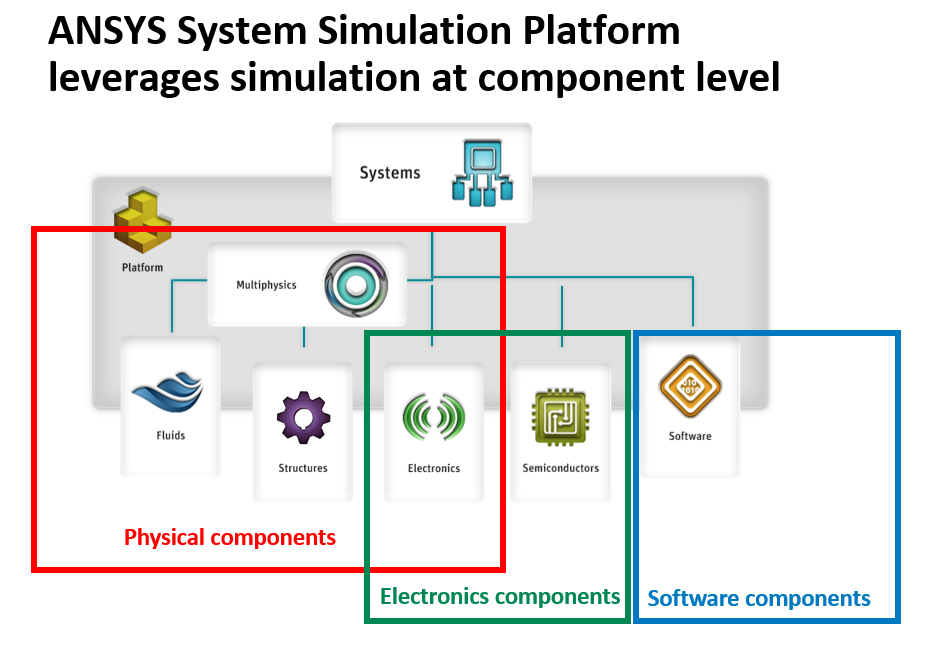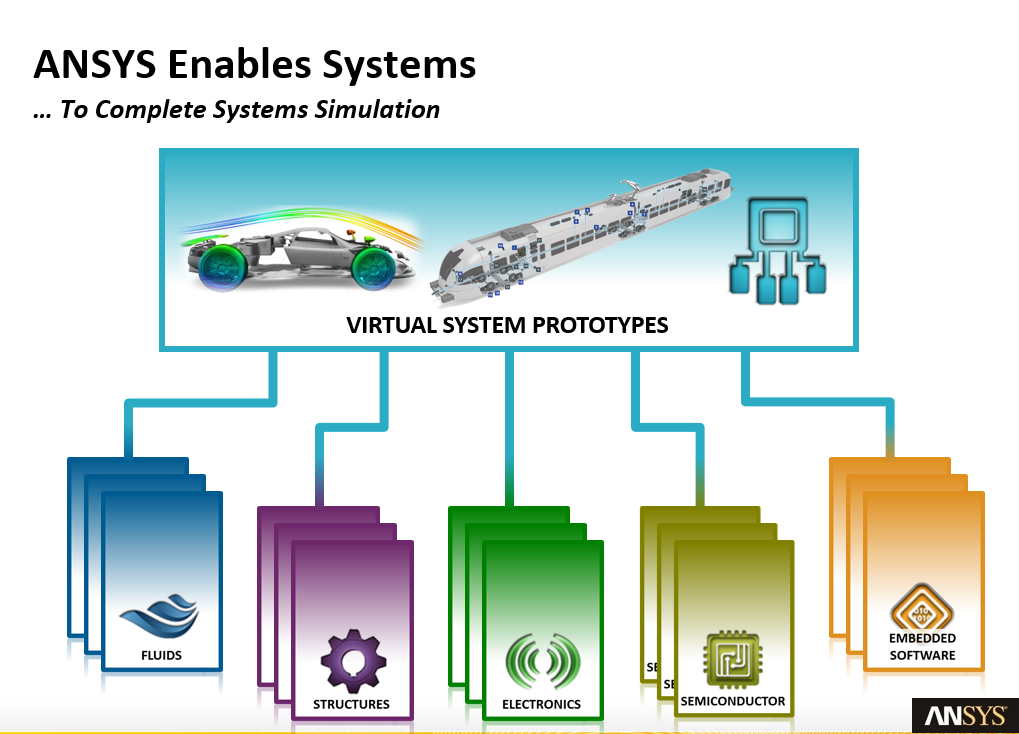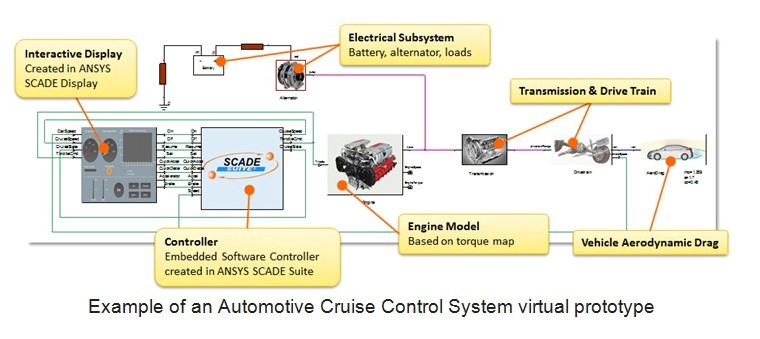We are always hearing people refer to products as smart. Smart TV’s, Smart Phones, Smart Watches. Many of us now own cars that are smart enough to park by themselves or cruise along the highway at a set speed whilst avoiding a collision with any vehicles in front. Drones can take off, fly a mission and land without a pilot. You may have asked yourself “How do engineers make such smart products?” You may have also wondered “Are these smart products safe?” Embedded software is a crucial part of these smart products and in safety-critical situations this code needs to be certified to international safety standards. The process of developing critical systems and software and getting it certified can be very time consuming and costly so engineers within product development companies are always looking for ways to do this faster and cheaper. Interestingly, they can use special software tools to speed up the time to certification.
When you think of any smart product you can consider it as a system and this system is made of a body, a nervous system and intelligence.
The Body is formed by physical components that will sustain multiple physical phenomena. An Engineer’s design may need to consider any of the following; stress, deformation, vibration, fatigue, noise, flutter, fluid-structure interaction, electromagnetic interference, heating, icing, ageing, radiation and more. These days the design of these physical components is typically done by creating a 3D digital model then using simulation software to simulate how this component will perform in the real world.
The Nervous System can be considered as any electronics components in the product, such as, sensors, actuators, chips, electronics systems, integrated circuits and network interfaces. The performance of these electronic components can also be predicted using simulation software.
The Intelligence of a product is defined by the software components of that product. This embedded software needs to be validated and tested to make sure there are no errors in the thousands of lines of code – especially in safety critical scenarios such as an aircraft or an automobile. This debugging, validation and testing can also be performed using simulation tools. Engineers can set up scenarios and test whether their embedded code will meet its functional requirements, conform to a test or even pass industry specific international certification standards.
ANSYS is a company that can supply simulation solutions for The Body, The Nervous System and The Intelligence. This means engineers can get the components of their designs spot on before they even build the first physical prototype of their product, helping to reduce the costs of testing.

ANSYS can also combine their solutions so an engineer can examine complete system behaviour. They can; run dynamic performance simulations, analyse robustness, look at tolerance to uncertainty or analyse the reliability by injecting faults and doing a worst-case scenario analysis at the system level.

Take the example of cruise control in your car. For engineers to fully understand how their designs will work they may need to consider; the controller, the engine model, the vehicle aerodynamic drag, the transmission and drive train, the electrical subsystems and the driver’s interactive display. With ANSYS products you can combine all of this and test a virtual prototype.

So, the powerful solutions from ANSYS help Engineers create “smart” products by helping them create thousands of lines of embedded code to give these smart products their “intelligence”. More importantly, tools like ANSYS SCADE, help engineers develop error-free embedded software with appropriate certification so we all have the re-assurance that these smart products are also very safe products.
For more information on this topic please try the following links;
From Drones to Connected Cars – Code Generation for Safety-Critical Embedded Software
New Capabilities for Testing Embedded Software Announced
Keys to Safety Critical Embedded Software Development Success
Avionics System Engineering: A Complex Problem Demands an Advanced Solution
DO-178C – Aeronautics Industry Moves To New International Software Safety Regulation
Enabling Virtual System Prototyping with ANSYS Simplorer
Connected Car Technology: Making it Safe and Reliable
And, if you’d like to learn more about how ANSYS SCADE and its automatic code generator can reduce your development time and cost, check out the webinar recording, From Drones to Connected Cars: Safe and Secure Embedded Software Development for IoT Devices




